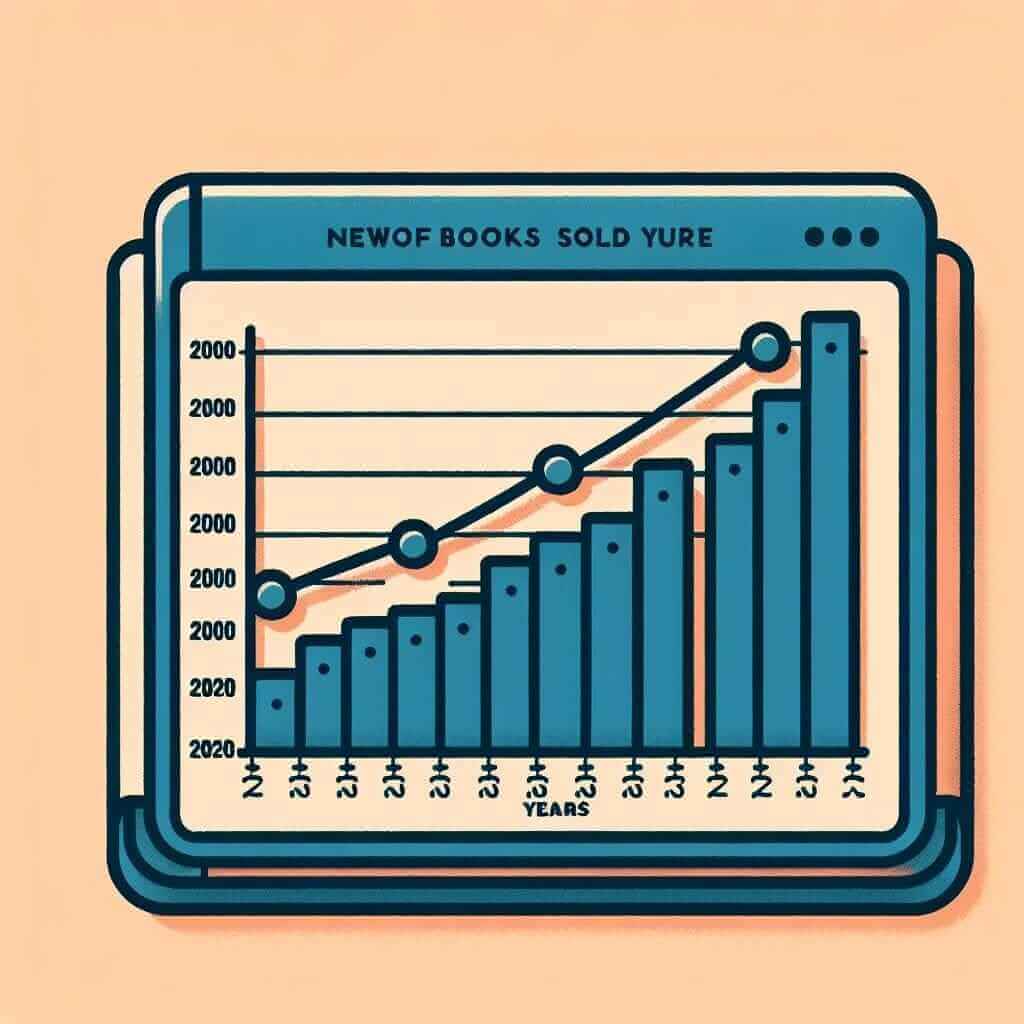Understanding the Importance of Line Graphs in IELTS
As an IELTS instructor with over two decades of experience, I understand the apprehension surrounding the Writing Task 1, particularly when encountering line graphs. These visual representations of data are frequently featured in the IELTS exam to assess your ability to interpret and articulate trends, comparisons, and significant details. Mastering line graph description is not merely about showcasing vocabulary; it’s about demonstrating your analytical and language skills crucial for academic success.
Deconstructing Line Graphs for IELTS
1. Identifying Key Features
Before you begin writing, scrutinize the graph to identify:
- Axes: What does each axis represent (e.g., years, units, percentages)?
- Time Period: Is the data presented over years, months, or decades?
- Trends: Are there noticeable increases, decreases, fluctuations, or stable periods?
- Key Data Points: Note significant highs, lows, intersections, or points of change.
2. Structuring Your Response
A well-organized response is key to a high band score. Aim for a 4-paragraph structure:
Paragraph 1: Paraphrase the Task
Begin by paraphrasing the question prompt. This demonstrates your understanding of the task.
Paragraph 2: Overview
Provide a general overview summarizing the main trends and key features. Avoid specific details in this paragraph.
Paragraph 3 & 4: Detailed Analysis
Divide your analysis into two paragraphs, focusing on specific trends and supporting them with data points from the graph. Use appropriate vocabulary to describe trends (e.g., rise, fall, fluctuate, plateau) and compare data (e.g., higher than, lower than, similar to).
3. Employing Effective Vocabulary and Grammar
Showcase your language proficiency by using:
- Varied vocabulary: Avoid repetition by using synonyms for common words.
- Accurate prepositions: Pay close attention to prepositions when describing increases or decreases (e.g., increase from… to…, decrease by…).
- Tenses: Use appropriate tenses based on the time frame presented in the graph.
- Data referencing: Be specific when mentioning data points (e.g., “reaching a peak of 70% in 2010”).
Example Analysis
Let’s consider a line graph illustrating the number of books sold (in thousands) from 2000 to 2020.

Example Paragraph 2 (Overview):
The line graph provides an overview of book sales figures over a two-decade period, from 2000 to 2020. Overall, the data reveals a fluctuating trend in book sales, with a significant increase observed in the latter half of the period.
Example Paragraph 3 (Detailed Analysis):
At the beginning of the period, book sales remained relatively stable, hovering around 40,000 units. However, the year 2010 marked a turning point, with sales experiencing a sharp surge, reaching a peak of 75,000 units in 2015. This upward trend can be attributed to… (mention a possible reason based on your understanding).
Tips for Success
- Practice consistently: Familiarize yourself with various types of line graphs and practice describing them within the time limit.
- Pay attention to details: Accuracy is crucial. Ensure your data references are precise and match the information presented in the graph.
- Review and edit: Allocate time for proofreading to correct any grammatical or vocabulary errors.
Mastering IELTS line graphs requires a combination of analytical and language skills. By understanding the graph’s components, employing a clear structure, and utilizing appropriate vocabulary and grammar, you can confidently approach this task and achieve a desirable band score. Remember, practice is key to achieving your desired results.